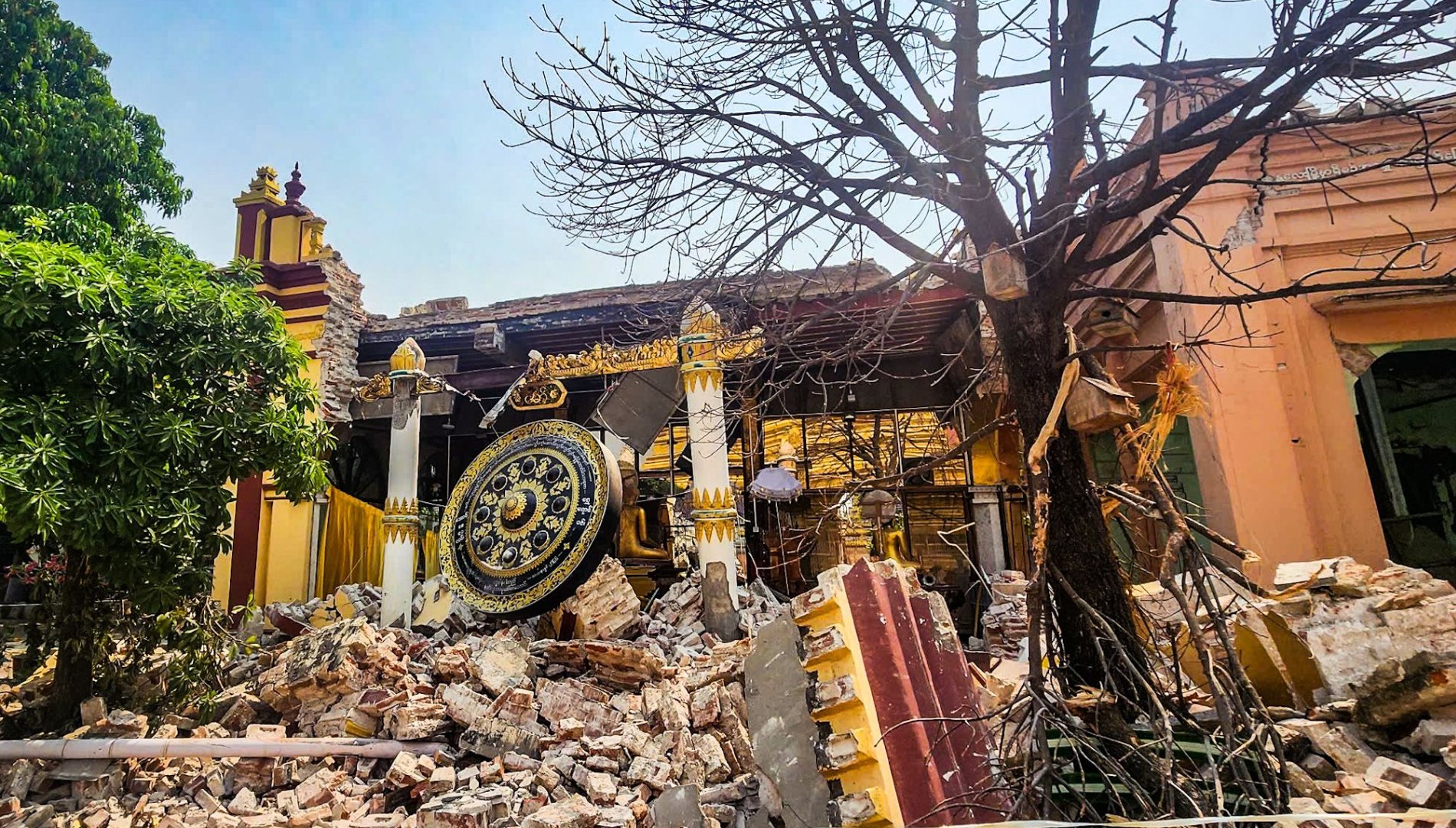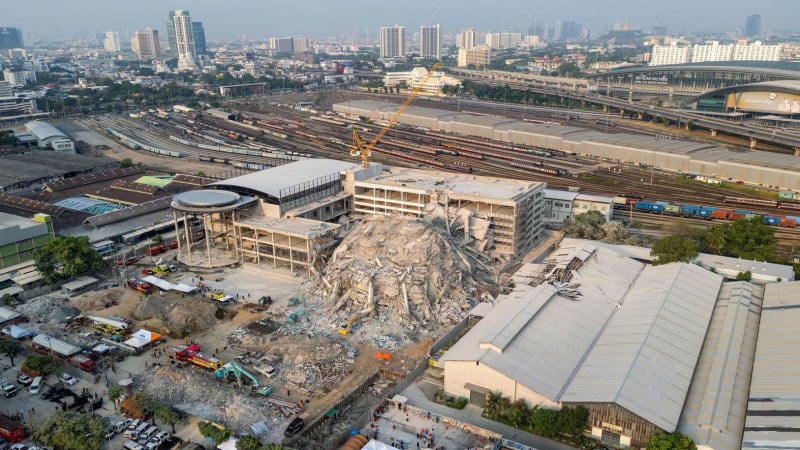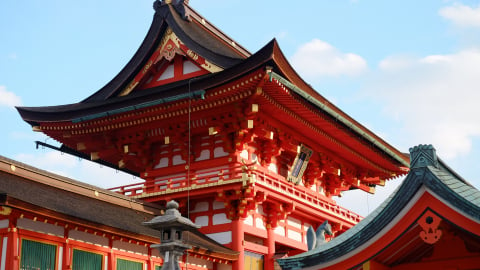Religious temples in Myanmar have long been not only simple architectural works but also profound symbols of faith and history, a place where the spirit and culture of an entire nation converge. However, after the recent powerful earthquake with a magnitude of 7.7 on the Richter scale, a big question has arisen in the hearts of many people: can these precious heritages be rebuilt, revived from the rubble, or will they forever sink into oblivion, becoming painful vestiges of the past?
According to National Geographic, the terrible earthquake caused the collapse of countless historical and religious relics across Myanmar. The extent of the devastation was so great that on April 2, the Myanmar military government had to make a humanitarian decision, declaring a three-week ceasefire to facilitate relief and recovery work. What is even more worrying is that the epicenter of the earthquake was located near two ancient historical cities, Sagaing and Mandalay, causing experts to be shocked and worried about the destructive effects on spiritual sites - factors considered extremely important, not only to preserve the country's unique cultural heritage but also to nurture the rich spiritual life of the Myanmar community.
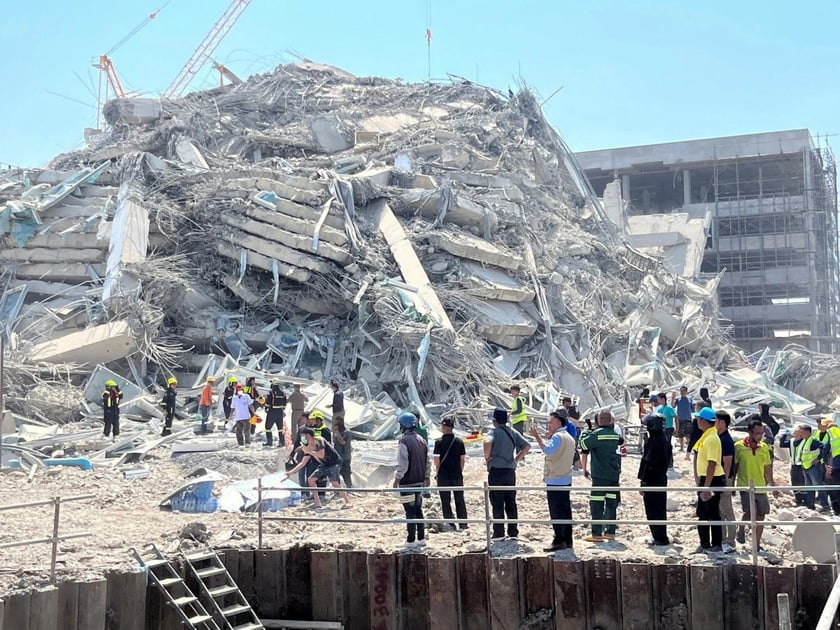
Images of devastation from the earthquake's impact on the country
Buddhist temples, solemn mosques and serene monasteries in Myanmar are not simply places where people come to perform religious rituals, as experts have emphasized. Each of these religious establishments also plays essential and diverse roles in the social structure of Myanmar. They are educational centers, providing primary education for children; community health stations, providing medicine and health care for people; warm homes for lonely elderly people and places to raise unfortunate orphans. They even open their arms to help people who have to leave their homes and evacuate due to conflicts and wars.
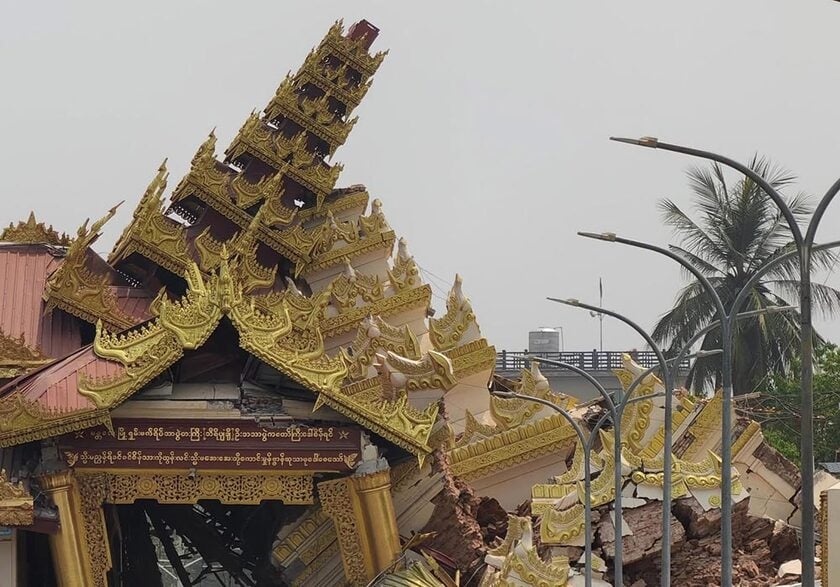
A collapsed structure in the Mahamuni Pagoda complex in Mandalay, Myanmar after the earthquake
Associate Professor Maitrii Aung-Thwin, a respected expert on Myanmar and Southeast Asian history at the National University of Singapore, has pointedly explained that: “The severe damage to religious sites leaves communities more vulnerable than ever.” This loss is not just a material loss, but also a weakening of the social safety net, a rupture of community bonds that have been built and maintained over centuries.

After the "rage" only ruins remained
Located about 8km west of Mandalay, Sakyadhita Thilashin Nunnery is one of the largest and most prestigious nunneries in Myanmar. After the earthquake, this nunnery suffered the same fate, being heavily damaged. Sakyadhita Thilashin is known for its noble mission of empowering and providing educational opportunities to women across Myanmar.
Likewise, the Me Nu brick monastery, also known as Maha Aung Mye Bom San Monastery, was not spared from the serious damage caused by the earthquake. Although it has not been a regular place of religious practice in recent years, it still holds an important position as a priceless historical relic and a popular tourist destination due to its unique architectural beauty. The elaborate decorative patterns and distinctive multi-tiered roofs clearly reflect the design style of wooden monasteries of that period, and the Me Nu brick monastery is on the tentative list to be considered for UNESCO World Heritage status.
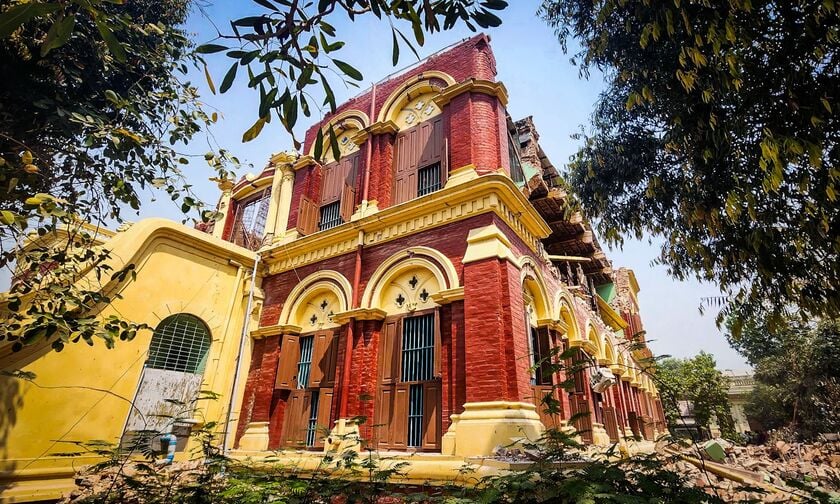
Many relics do not retain their historical beauty.
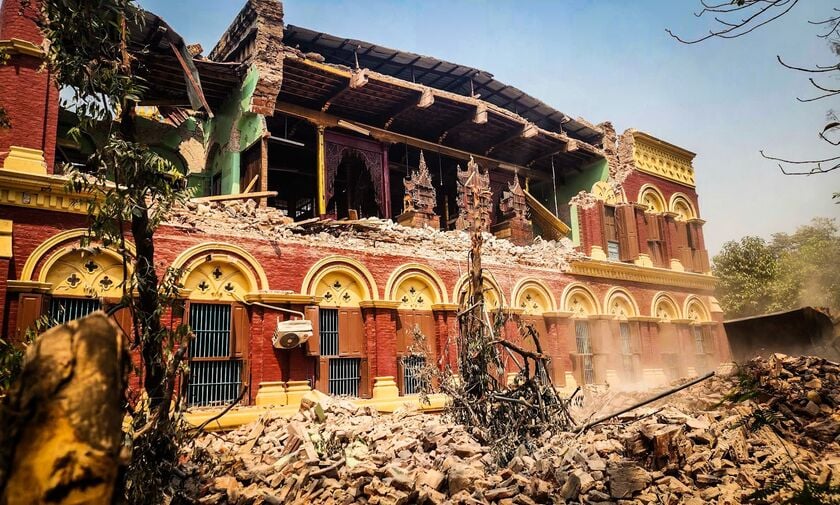
In addition, located in Mandalay, the new Masoeyein Monastery is an important center where the local Buddhist community regularly gathers. The monastery acts as a major charity, providing food, accommodation, medical care and religious education to hundreds of monks. In particular, the new Masoeyein Monastery is considered a Buddhist training center of the same level as a university. Fortunately, the extent of the damage here is not so severe that it cannot be completely restored, and it is hoped that the monastery can partially resume its activities in the near future, continuing its noble mission.
Restoring and repairing ancient architectural works, especially cultural and religious heritages that are hundreds or even thousands of years old, is always a challenging and complex task. One of the biggest difficulties comes from the characteristics of their original construction structures.
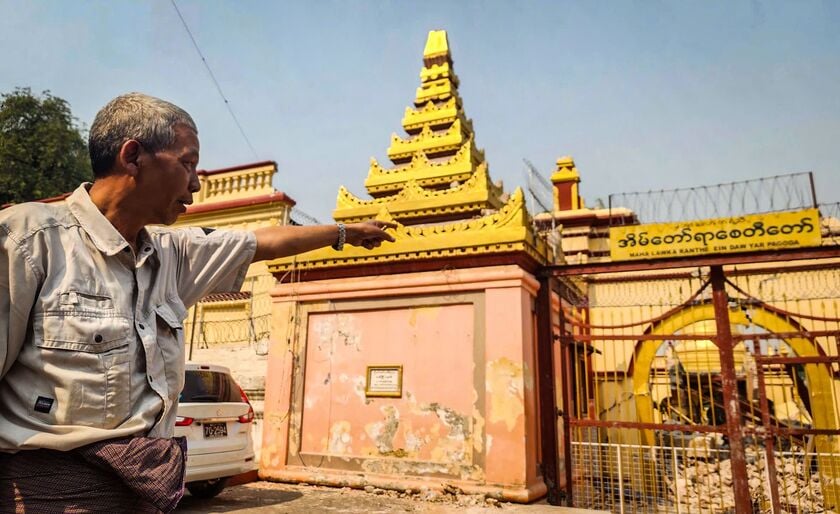
It is known that the restoration of these relics is extremely difficult in the political situation here.
Jared Keen, technical director of Beca Engineering Company in the Asia-Pacific region, pointed out that "The core challenge in restoring religious sites lies not only in the construction techniques, but also in the political context." The prolonged civil war in Myanmar is at high risk of becoming a major obstacle, delaying the restoration of historical and religious relics damaged by the recent earthquake. Although the temporary ceasefire can be seen as a glimmer of hope, the road ahead to restore these priceless religious complexes is still full of difficulties. Widespread poverty, poor infrastructure and especially prolonged political instability will create huge obstacles for any reconstruction effort. The preservation and restoration of these cultural heritages not only requires huge financial resources but also a stable political environment and cooperation from the whole society.





